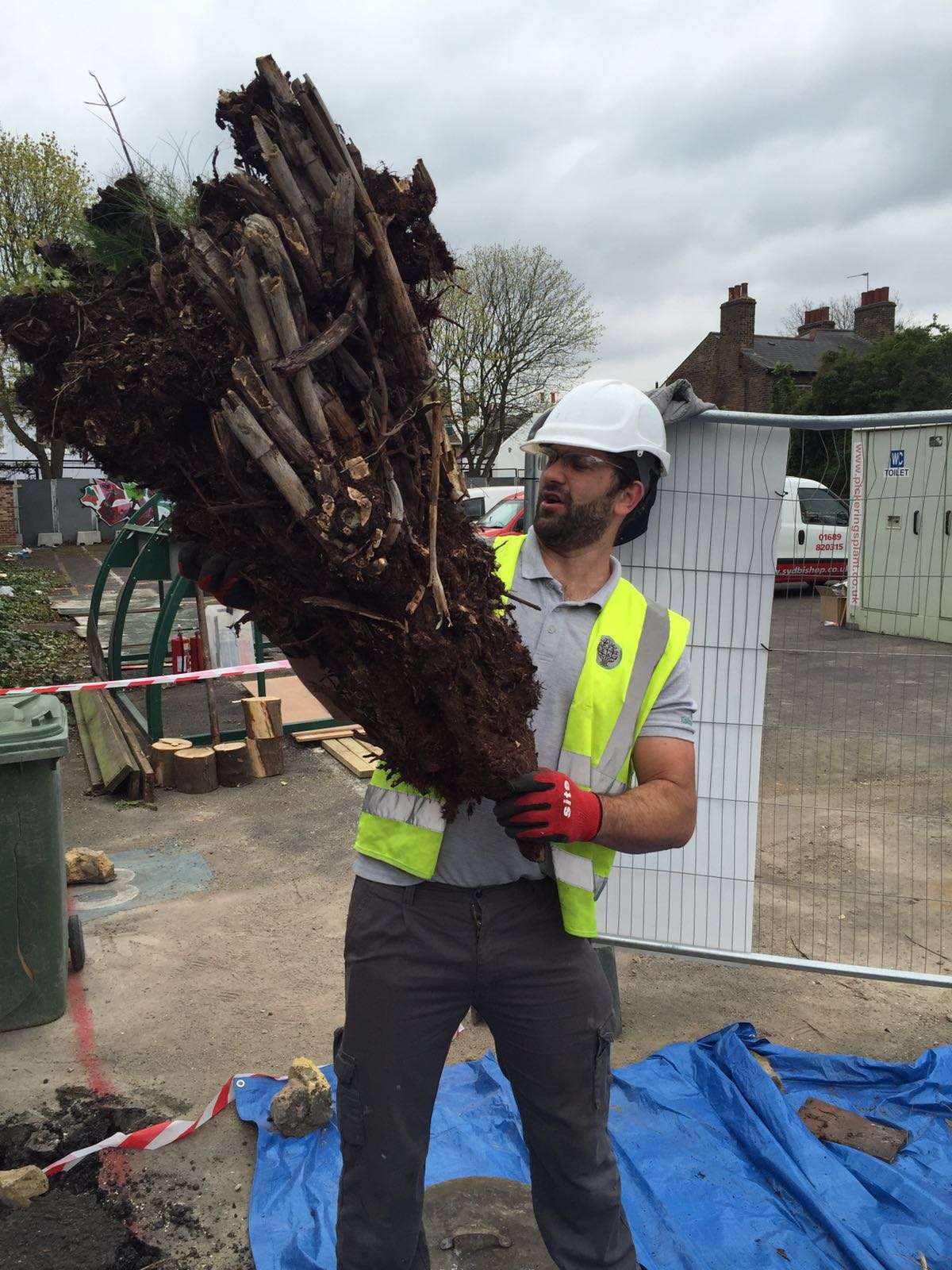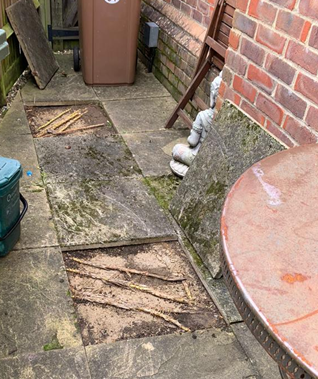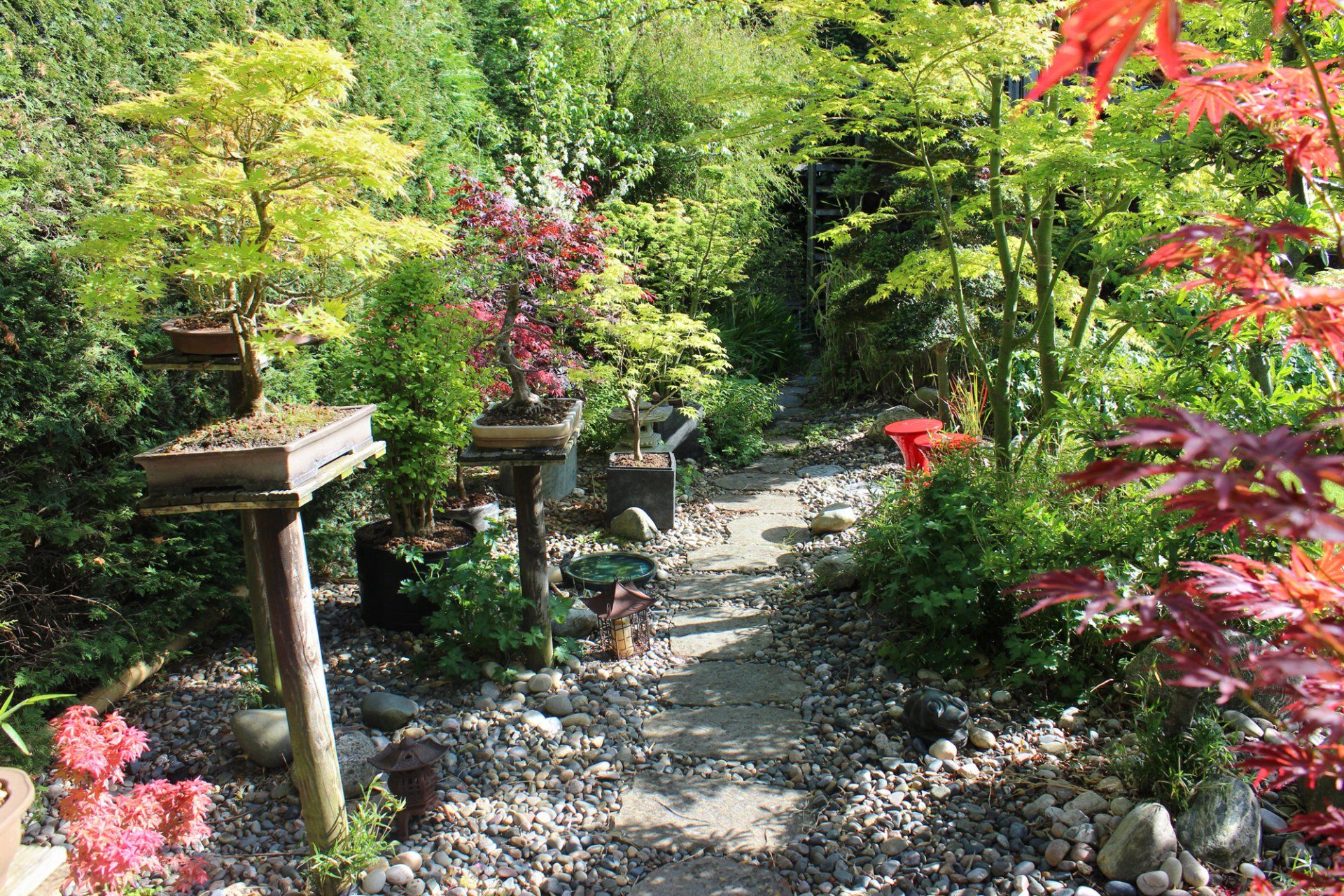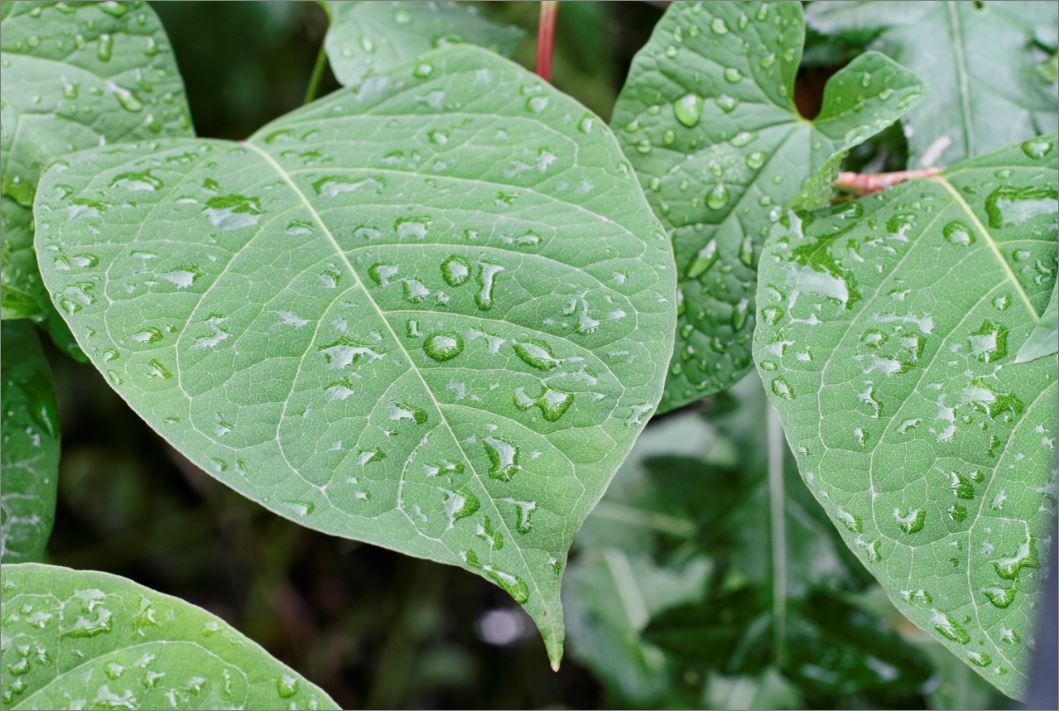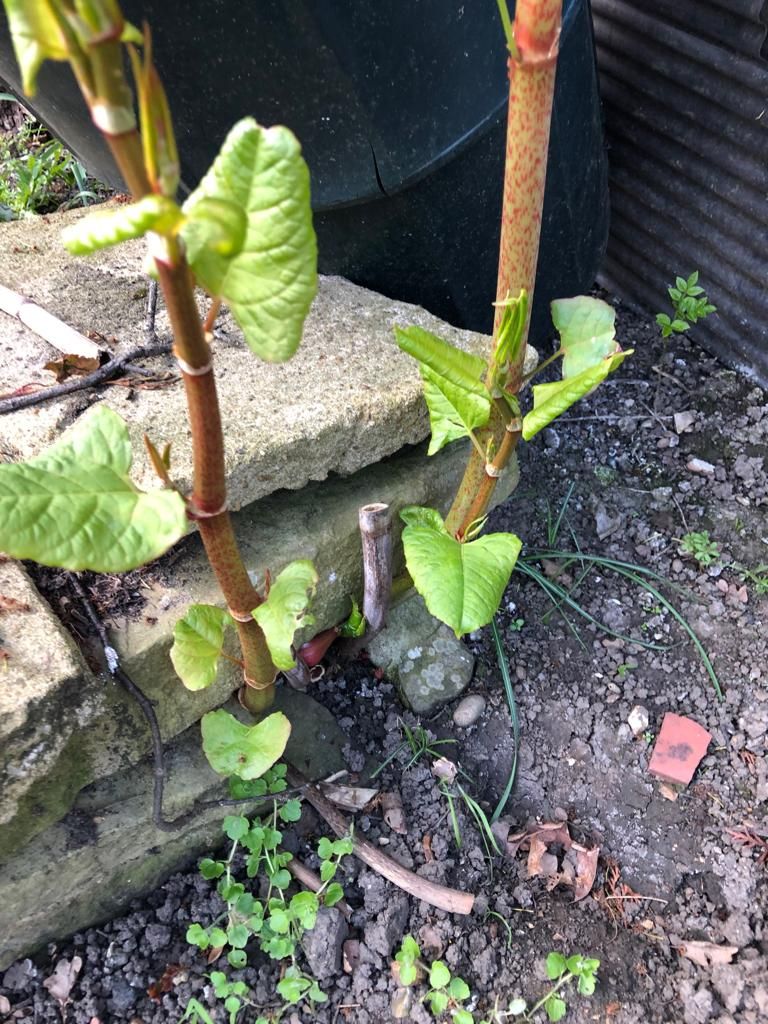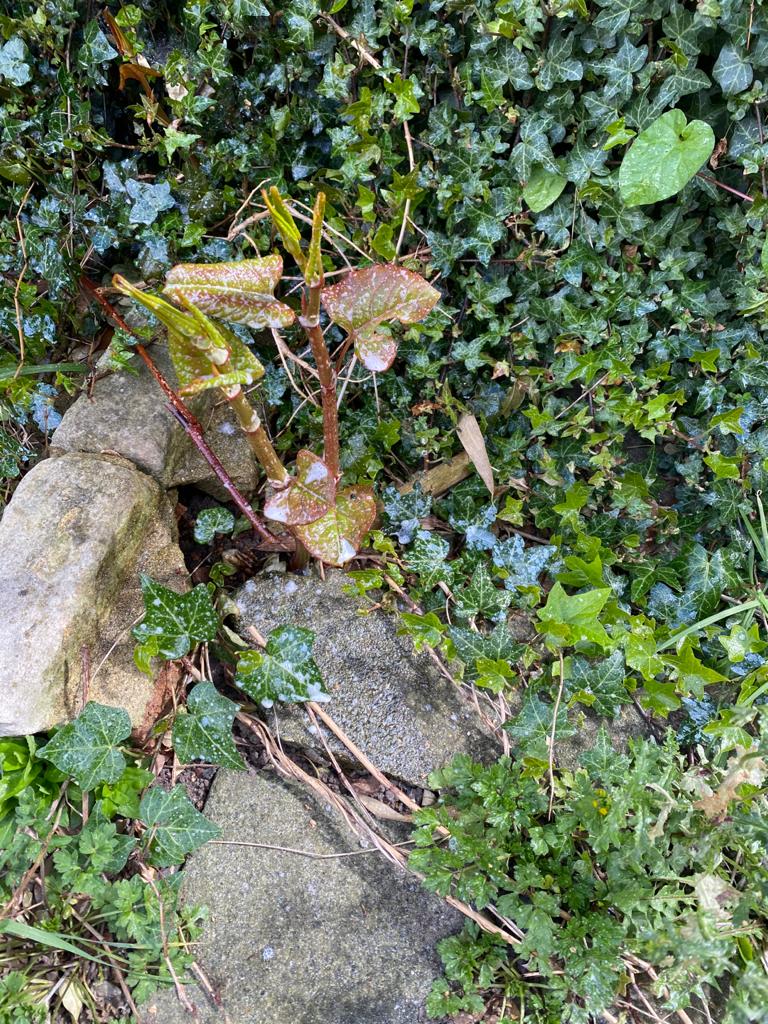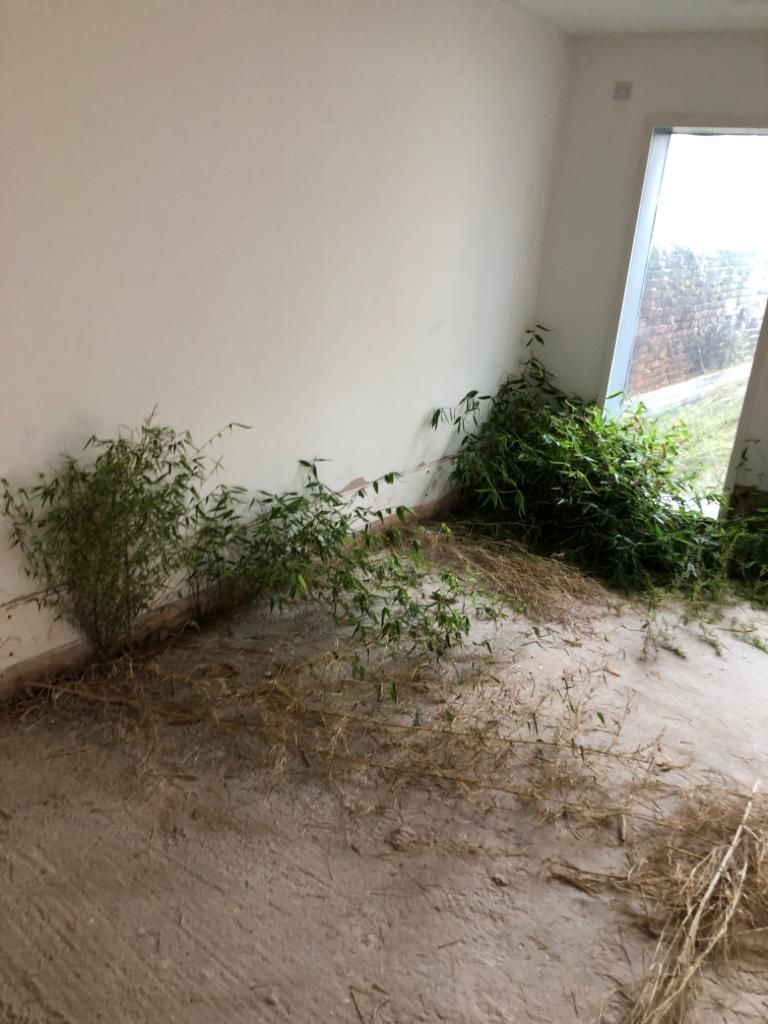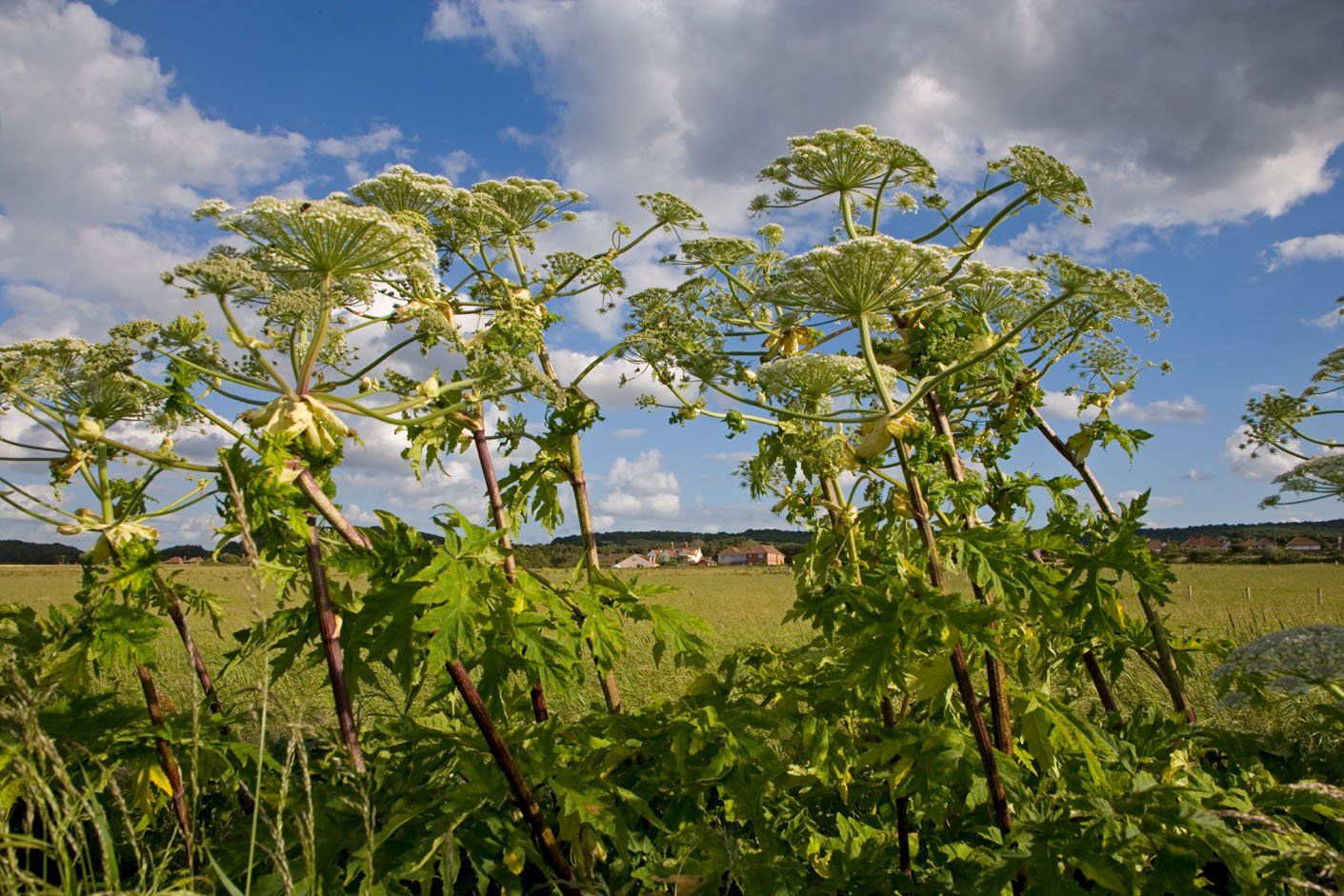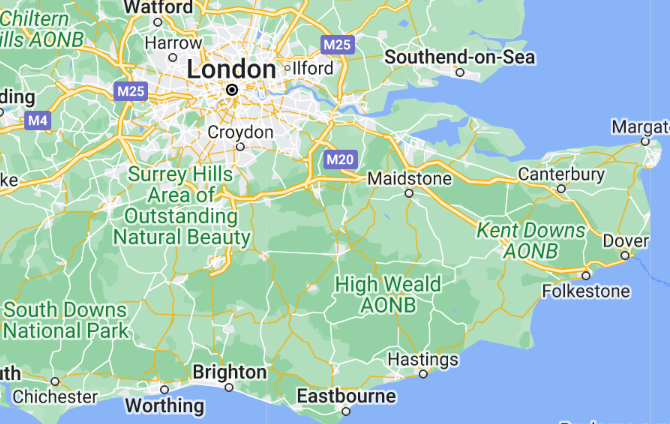Weed Management Tips for Your Garden
Facing a garden full of weeds can be daunting. You know you want them gone, you may have some idea of how you’re going to do it, but you know they’ll come back all too soon. It can leave one feeling exasperated to say the least.
Weed control can indeed be taxing. However, there are tried and tested approaches that yield better and longer lasting results. In order to make weeding jobs as pain-free as possible, read our guide for weed management, in which we outline some well-known weeding practices.
Know your weeds
Step one for your weeding jobs should be identifying and understanding your weeds. This might not take as long as you think. Simply source a list of common weeds, identify the ones you have, and scan their notes - how to remove them, how do they spread etc. You may otherwise waste time and effort trying to wrench out deep roots or dig up easy-to-pull ones.
Weed when wet
This is considered by many as the golden rule of weeding. Weeds are far easier to pull and remove from loosened, damp soil. The best time to strike with your weeding is after a rainy day.
Hoe when dry
Alternatively, if you choose to weed in dry conditions, there’s a method for that too. Simply grab a hoe and hoe through the top layer of soil, severing the weeds. The dry top soil makes it harder for weeds to re-germinate. The sunnier and drier the better. Try not to water weeds when watering other plants in your garden.
Get the right tools
Weed treatment benefits from the right tools, making it faster, more satisfying, and more gratifying. Even novice gardeners may already have things like hand forks and trowels lying around. Otherwise, it is worth investing in these and other basic weeding tools. They’re inexpensive and save you a lot of time and hassle. Consider purchasing:
● Gardening gloves
● Trowel
● Hand fork
● Hoe
● Weed puller
● mulch/covering material
Pull them up from the root
Generally speaking, you will want to be pulling out all weeds by the root where you can. Many weeds are efficient at re-germination. If even a small part of the root is left behind in the soil it can be enough. Some common weeds, like dandelions and docs, have very deep roots. This is where your tools come in handy - as pulling them will cause breakage and leave the root behind.
Be mindful of stirring up soil
Many weed seeds can lay dormant but not dead within deeper soils. Ironically, weeding can bring more weed seeds to the surface that will then geminate in the loamy topsoil. To prevent this happening, cover areas you weed after weeding them, and aim for more precision weeding techniques if you can.
Intensive, invasive weeds
Some invasive plant species can spread like wildfire, cause extensive problems, and be tough to remove or dispose of. Japanese knotweed disposal, for example, is a more complicated and serious matter than most other plant disposal.
If you’re facing difficult, invasive weeds, such as Japanese knotweed,
bamboo, or Himalayan balsam, it might be a case for the specialists. Gaia Environmental offers professional removal services for invasive weeds.
Get in contact to find out how we can help.


